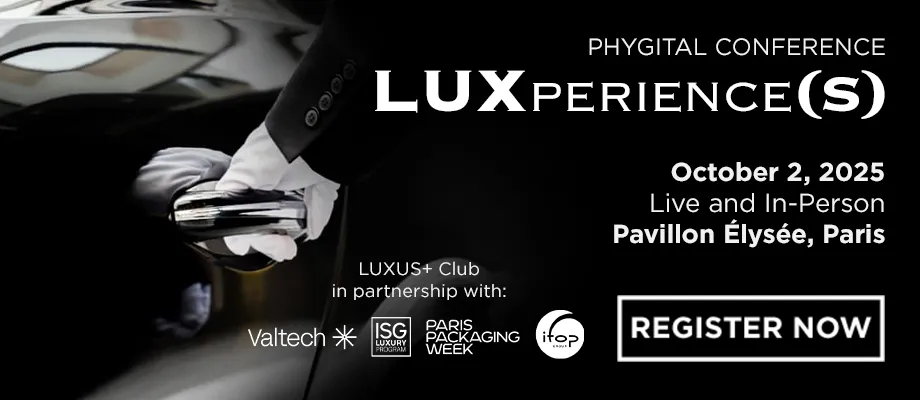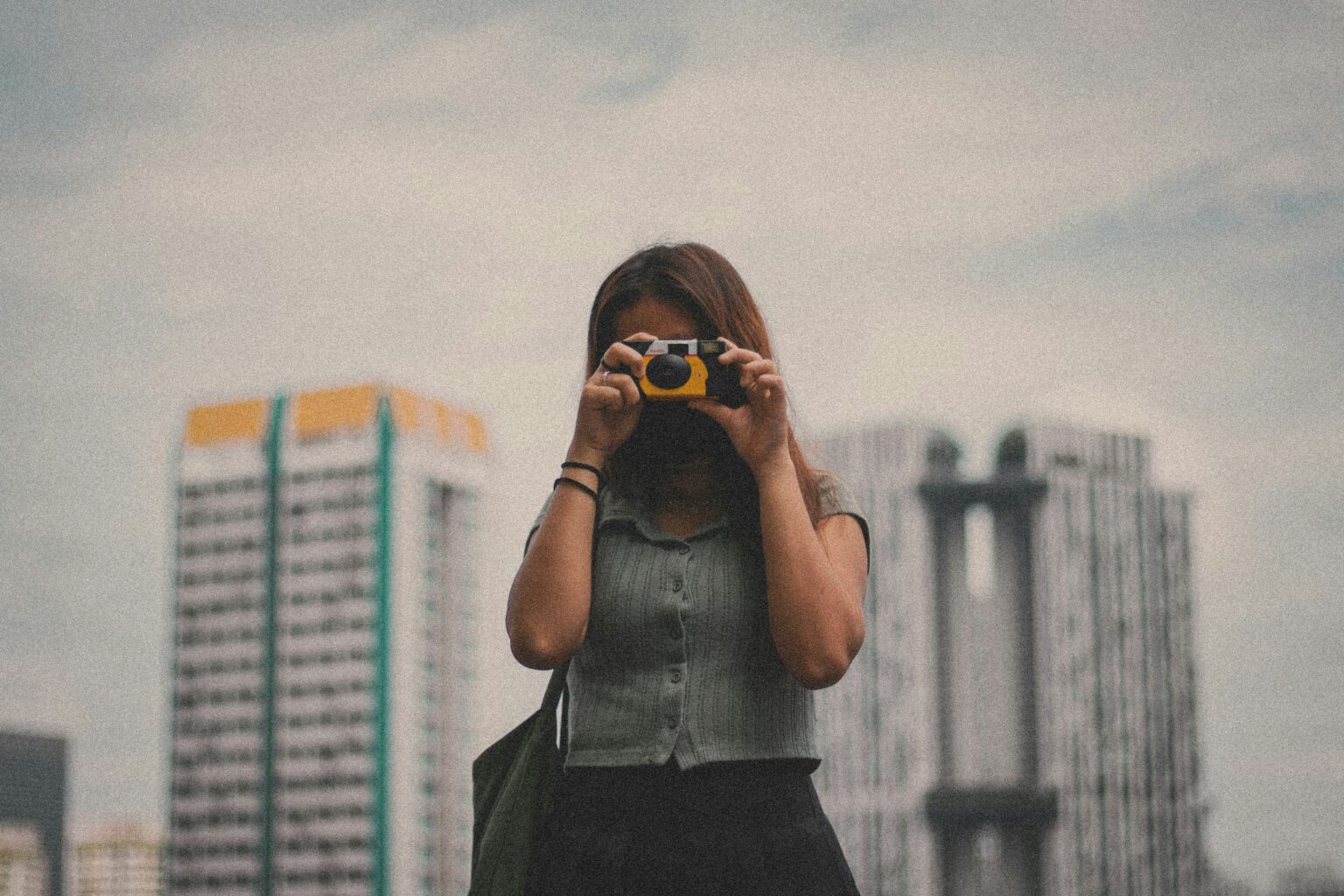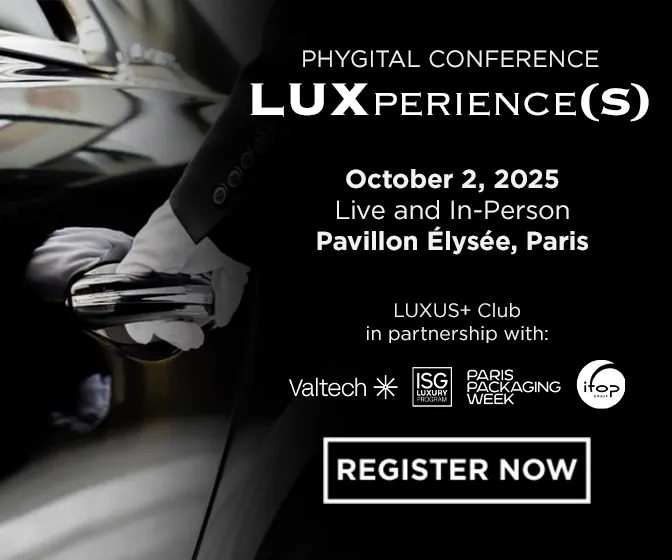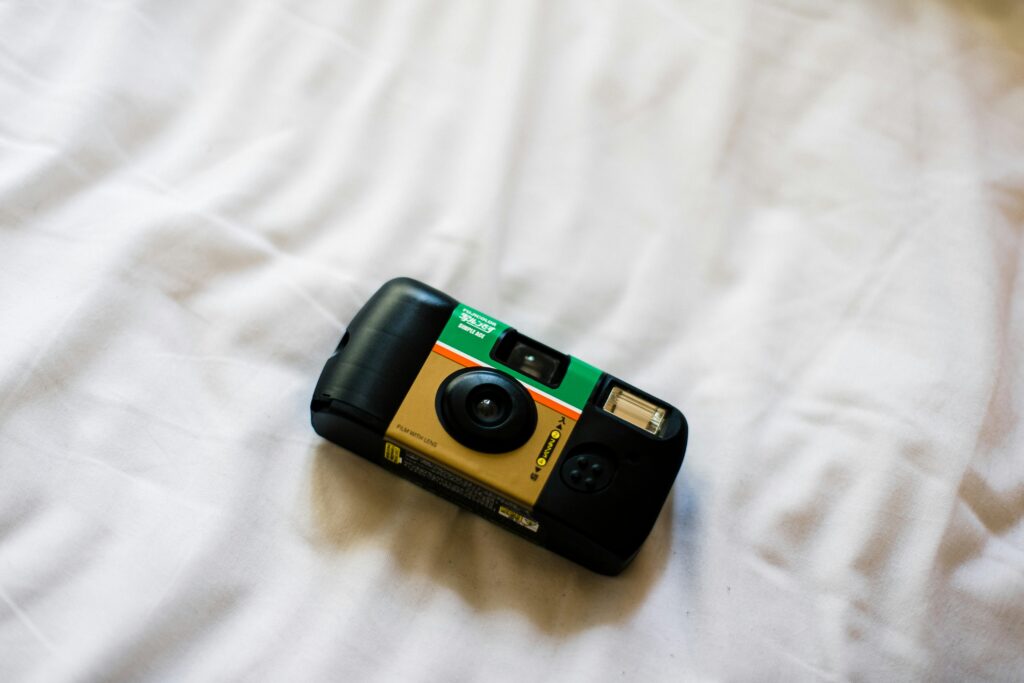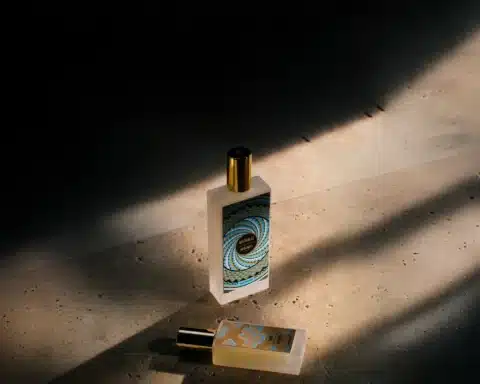While instant digital snapshots posted on social media quickly replaced developed photographs in the late 2000s, today’s young generation is taking a step back in time. Many have embraced the disposable camera, reviving an iconic object from their parents’ era.
Launched in the 1980s by Fujifilm, this rectangular device that captured life’s moments cheaply and instantly quickly took off, boosted by other brands like Kodak. Over the years, the disposable camera evolved to suit everyday environments: with or without flash, fitted with a telephoto lens, able to shoot in different formats… At weddings, in holiday backpacks, and on buffet tables at home, these nearly indestructible devices—available in supermarkets, stores, and gas stations—were at their peak in the 1990s and early 2000s. Gradually replaced by digital cameras and then smartphones, they have recently enjoyed a revival, propelled by Gen Z.
A Generation in Search of Authenticity, Away from the Digital World
Nostalgia is in the air. After reviving Walkmans, Game Boys, Tamagotchis, and MP3 players, Gen Z has once again embraced a vintage icon from the ’90s and early 2000s. Riding the Y2K trend, the disposable camera attracts young people for what it represents—a time when friends took the time to photograph each other.
In a gentle rebellion against social media’s culture of instant sharing and perfectly “Instagrammable” lives, Gen Z seems eager to return to a more authentic way of preserving memories: capturing the moment as it truly is and documenting real life with a tangible object that carries history, left out on a table for everyone to enjoy.
Much like the principles of digital detox, which reject an all-digital lifestyle, the disposable camera also forces its users to be patient—waiting several days before receiving precious prints to share with loved ones or pin to the walls of a cozy home.
A Beloved Vintage Aesthetic
Beyond a return to the tangible, the disposable camera is also prized for its aesthetic. Like film grain, the retro/vintage style gives photos a distinctive identity. The colors are warmer, with slight imperfections, occasional blur, and sometimes overexposure. No matter—the charm of these images is highly sought after.
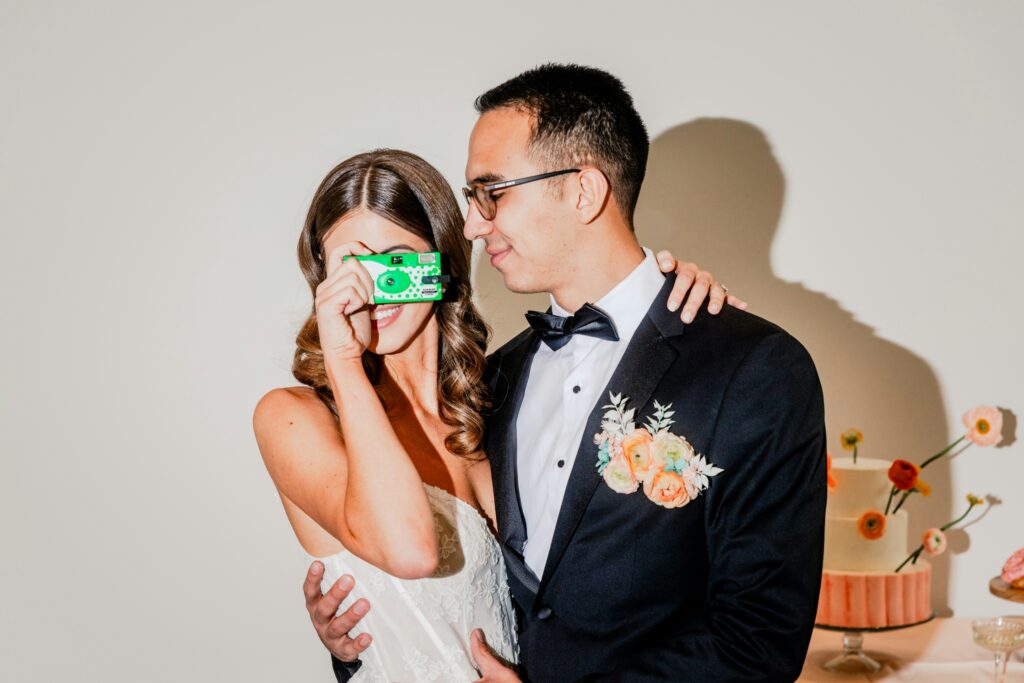
“What I love is that you don’t know what the photo will look like. It’s exciting to go and have them developed. There’s a limited number of shots, which pushes me to capture more important moments than I would with my phone. And I love the film grain,” explained Romain, 24, in an interview with L’Info Durable. In Ouest France, Jonathan, 26, spoke about childhood nostalgia: “I stumbled upon some summer camp photos and thought they weren’t bad—I wanted to try it again.” Especially since the device costs between €10 and €20, making it an affordable pleasure for an evening or weekend.
A Certain Ecological Contradiction
While the trend encourages many to buy these cameras “because everyone’s doing it,” their disposable nature is worth questioning. Similar to the debate over single-use vapes—popular among young people—these cameras only allow around twenty photos before they are thrown away (in the worst case).
The most eco-conscious users drop them off at dedicated recycling points, where manufacturers can dismantle and reuse the parts. As with any such product, responsible consumption and proper disposal are key. Film cameras also remain an ideal compromise for photography lovers seeking immediacy with a vintage feel.
One thing is certain: interest in disposable cameras shows no sign of fading. According to Global Growth Insights, 21 million units were produced worldwide in 2023, driven by younger generations who represented 57% of buyers. With the global market valued at $953 million in 2024, it is expected to reach $1.7 billion by 2033—an annual growth rate of 6.6% starting in 2025.
Read also : Decoration: When Metal Enhances the Home
Featured photo : © Unsplash

